- 1-understanding-the-concept-of-brain-breaks
- 2-benefits-of-using-a-bounce-routine-as-a-brain-break
- 3-how-to-implement-a-bounce-routine-effectively
- 4-practical-examples-and-case-studies
- 5-tips-for-maximizing-the-impact-of-brain-breaks
- 6-where-to-find-resources-and-products
1. Understanding the Concept of Brain Breaks
Brain breaks are short, intentional pauses from mentally demanding tasks designed to refresh and recharge the mind. These breaks improve concentration, reduce stress, and boost overall cognitive function. Incorporating physical movement, such as a bounce routine, during brain breaks leverages the mind-body connection to optimize mental performance.
Using active breaks like bouncing can be especially effective in classrooms, workplaces, or home settings where prolonged focus is required.
2. Benefits of Using a Bounce Routine as a Brain Break
Implementing a bounce routine as a brain break offers multiple benefits:
- Improves blood circulation and oxygen flow to the brain, enhancing alertness.
- Releases endorphins that reduce stress and elevate mood.
- Enhances motor coordination and balance, stimulating neural activity.
- Provides a fun and engaging way to break monotony and fatigue.
This method is particularly effective for children, students, and even adults looking to boost productivity without prolonged downtime.
3. How to Implement a Bounce Routine Effectively
To use a bounce routine as a brain break effectively, consider the following steps:
- Set a timer: Allocate 3-5 minutes for the bounce break to keep it short yet refreshing.
- Choose a safe space: Use a trampoline or a safe bounce mat to ensure safety during the activity.
- Start with simple moves: Begin with gentle bounces, gradually increasing intensity.
- Incorporate variety: Include different bounce patterns like side-to-side, forward-backward, or small jumps.
- Cool down: End with a few deep breaths to calm the body and mind.
Consistency is key. Regular bounce breaks integrated into daily routines can improve focus and reduce mental fatigue over time.
4. Practical Examples and Case Studies
Several educators have reported positive outcomes after introducing bounce routines as brain breaks in classrooms. For example, a primary school teacher integrated three-minute trampoline sessions between lessons and observed improved student attention and reduced restlessness.
Similarly, a corporate wellness program incorporated bounce breaks during long meetings, leading to enhanced engagement and energy among participants.
5. Tips for Maximizing the Impact of Brain Breaks
- Customize bounce routines to suit the age and fitness level of participants.
- Combine bounce breaks with mindfulness or breathing exercises for added relaxation.
- Encourage group participation to foster social interaction and motivation.
- Track improvements in focus and mood to adjust the routine as needed.
6. Where to Find Resources and Products
If you're interested in exploring bounce routines or trampoline products tailored for brain breaks, visit Trampoline Zone. They offer a variety of equipment and expert advice to help you integrate effective bounce-based brain breaks into your daily life.


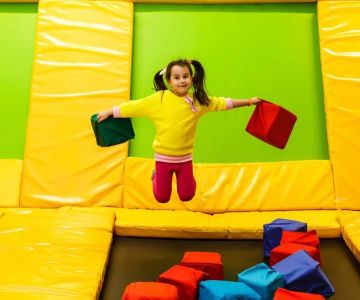
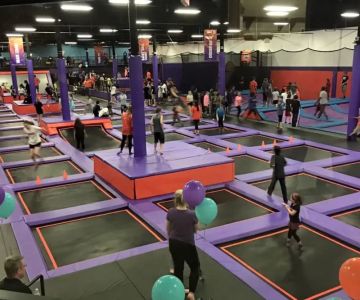
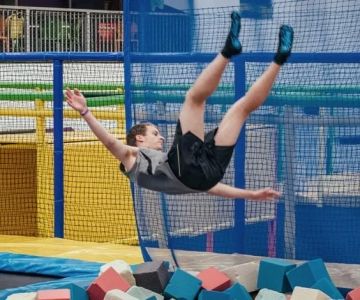
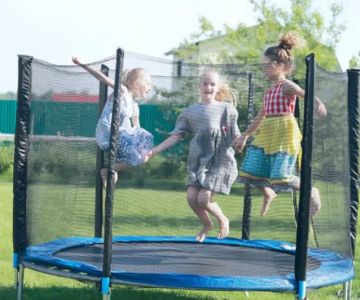

 Jackson Boos Recreation Center4.0 (67 reviews)
Jackson Boos Recreation Center4.0 (67 reviews)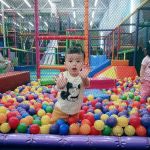 Kids Empire4.0 (908 reviews)
Kids Empire4.0 (908 reviews) The Monkey House4.0 (398 reviews)
The Monkey House4.0 (398 reviews) Das Park4.0 (18 reviews)
Das Park4.0 (18 reviews)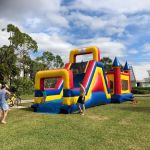 FUN N` JUMP BOUNCE RENT INC.4.0 (8 reviews)
FUN N` JUMP BOUNCE RENT INC.4.0 (8 reviews) Apollo Beach Park and Recreation Center4.0 (666 reviews)
Apollo Beach Park and Recreation Center4.0 (666 reviews) Are Trampoline Parks Safe for Kids? Essential Guide for U.S. Parents
Are Trampoline Parks Safe for Kids? Essential Guide for U.S. Parents How Often Should You Replace Trampoline Springs? Tips for Proper Maintenance
How Often Should You Replace Trampoline Springs? Tips for Proper Maintenance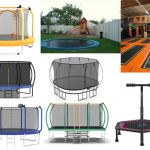 How Much Is a Trampoline? A Detailed Guide to Trampoline Costs and Buying Tips
How Much Is a Trampoline? A Detailed Guide to Trampoline Costs and Buying Tips Bounce Techniques for Stronger Legs: Effective Exercises and Tips
Bounce Techniques for Stronger Legs: Effective Exercises and Tips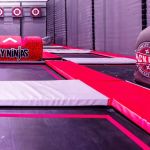 Essential Music Gear for Trampoline Dance: Complete Guide
Essential Music Gear for Trampoline Dance: Complete Guide Fun STEM Experiments Using Trampolines to Spark Curiosity and Learning
Fun STEM Experiments Using Trampolines to Spark Curiosity and Learning